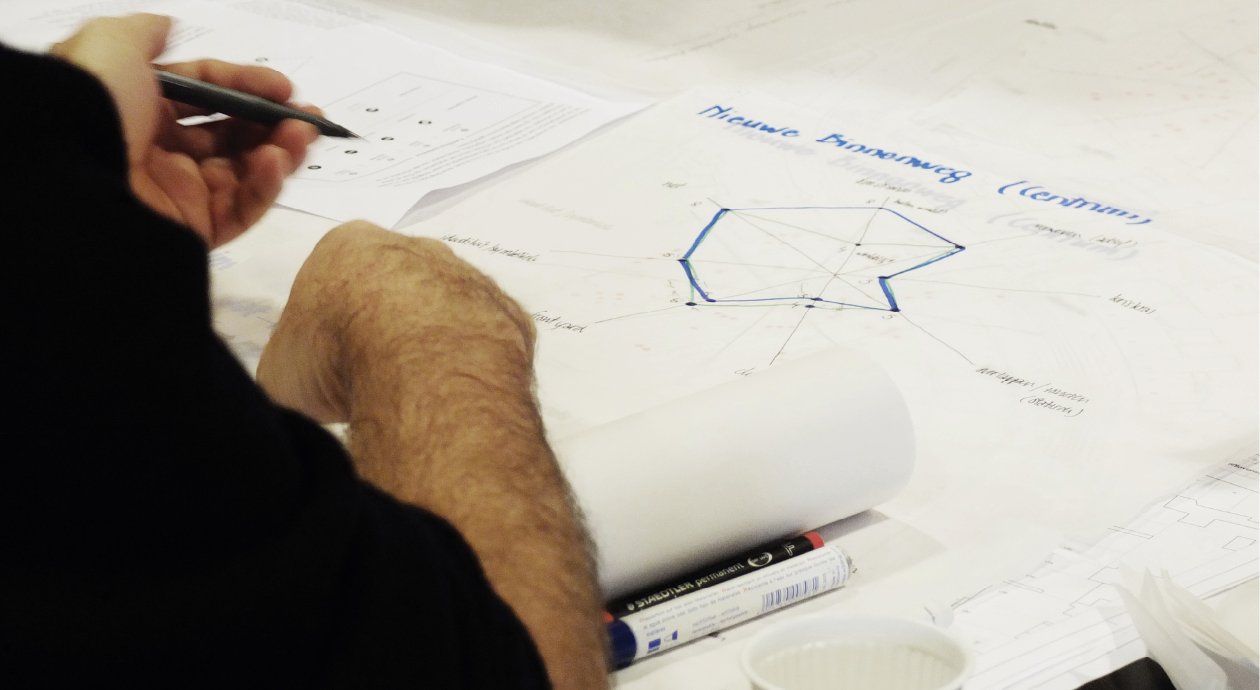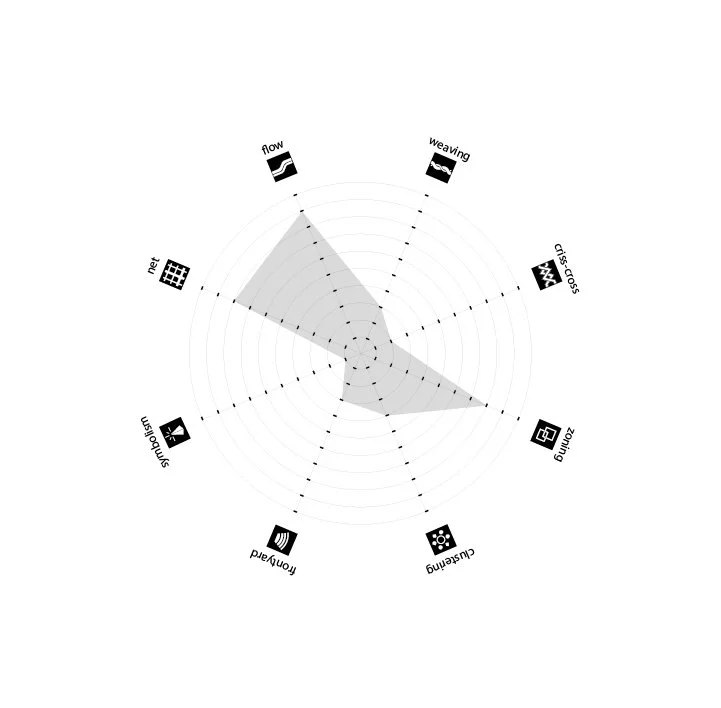
Functional Ambiance
Europe
Location | Europe
Year | 2011 - 2013
Client | Own initiative with Hogeschool Rotterdam, financed by Creative Industries Fund NL
Collaboration | Hogeschool Rotterdam, Goudappel Coffeng, Planning Department City of Rotterdam
Status | Research finished, Publication pending, FA-Method currently being implemented
Booklet
Article
What is the secret behind a good city street? How come some streets have a great atmosphere, while others do not? Why is it that in some streets traffic- and lingering space strengthen each other, while in others they seem to exclude one another. And how can we design a good city street?
One of the main questions of research project ‘Functional Ambiance’ is how we can design urban streets in which organization of traffic and space for lingering/pedestrians go hand in hand. In other words; how do we create the right balance between ‘functional’ and ‘ambiance’?
One of the main questions of research project ‘Functional Ambiance’ is how we can design urban streets in which organization of traffic and space for lingering/pedestrians go hand in hand. In other words; how do we create the right balance between ‘functional’ and ‘ambiance’?
Ten exemplary city streets throughout Europe form the foundation of the research . Each of these ‘best practices’ were recently redesigned and improved. The streets were analyzed based on eight concepts that all represent a physical aspect of a street, affect the behavior of people and have a trans-disciplinary character. One half of these concepts relate to the ‘world of flows’ while the other half belongs to the ‘ world of places’. Each concept is equally important, but each specific street requires its own balance.
During the street visits, specific street activities were observed that link the physical to one or more of the eight concepts. Using ‘scenes’ -events that were observed on site- the effect of the redesign of the street on the behavior of people was explored. A series of scenes, combined in a plan eventually determines the specific functional ambiance of each street.
The balance between the eight concepts is put together in the Functional Ambiance Spidergraph. This graph is used to analyze the current condition of streets , to determine the ambitions of future street redesigns and to serve as a discussion tool for professionals. Several workshops have shown that a cross disciplinary language helps as a method to start discussion and to set shared ambitions.
All of the analyzed city streets owe their specific quality to an approach that actually embraces ‘decent behavior’ of people in traffic. Rather than discouraging undesirable behavior by physical interventions (a common approach to traffic design), the exemplary cases show that streets must create conditions that encourage and stimulate specific behavior.
‘If you plan for cars and traffic, you get cars and traffic. If you plan for people and places, you get people and places.’
William H. Whyte (1980)









